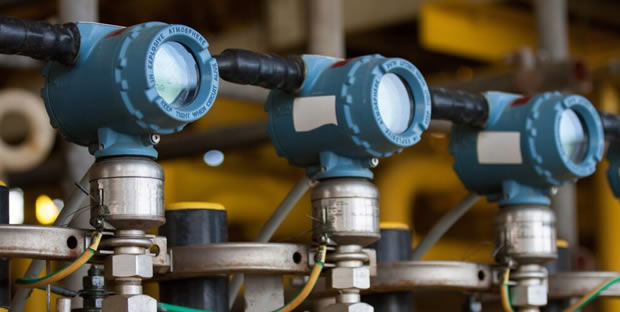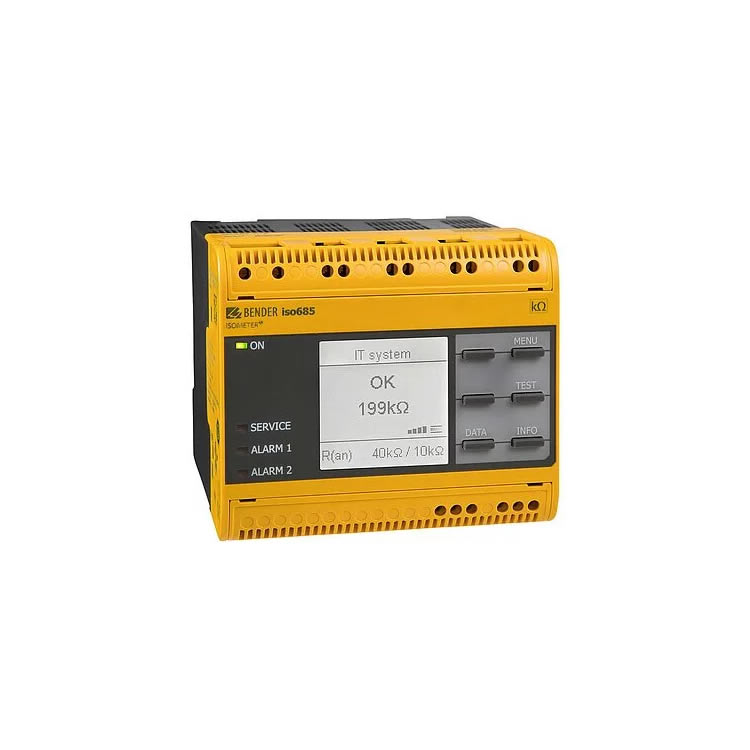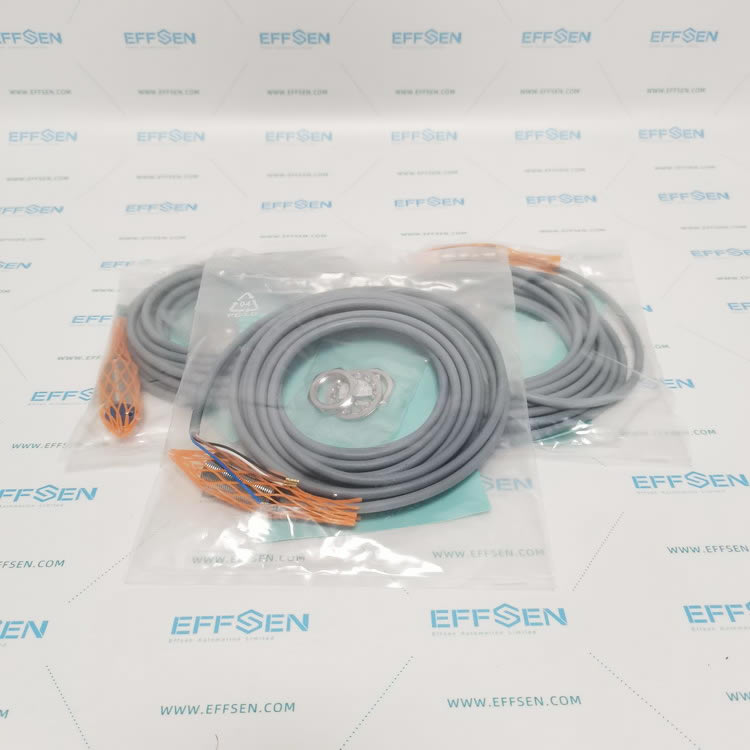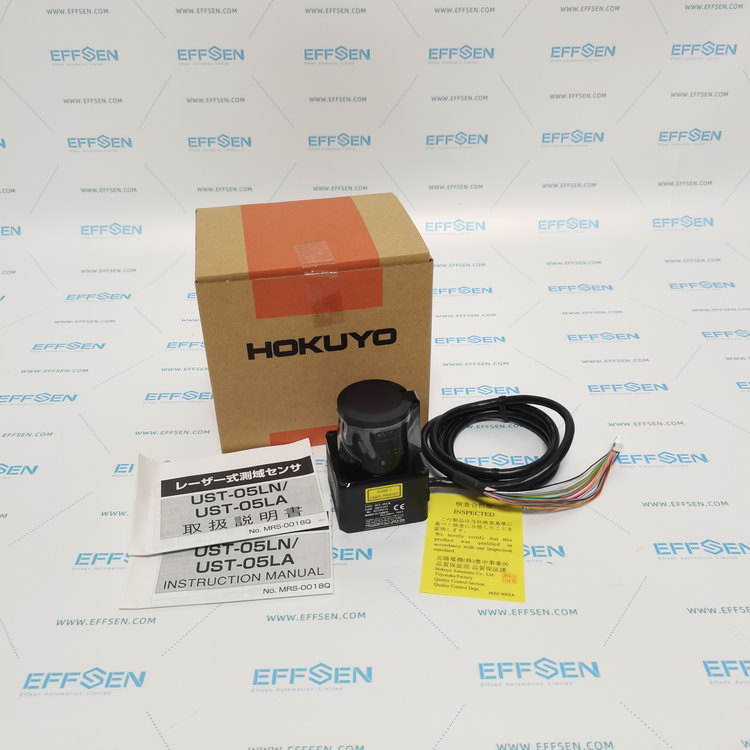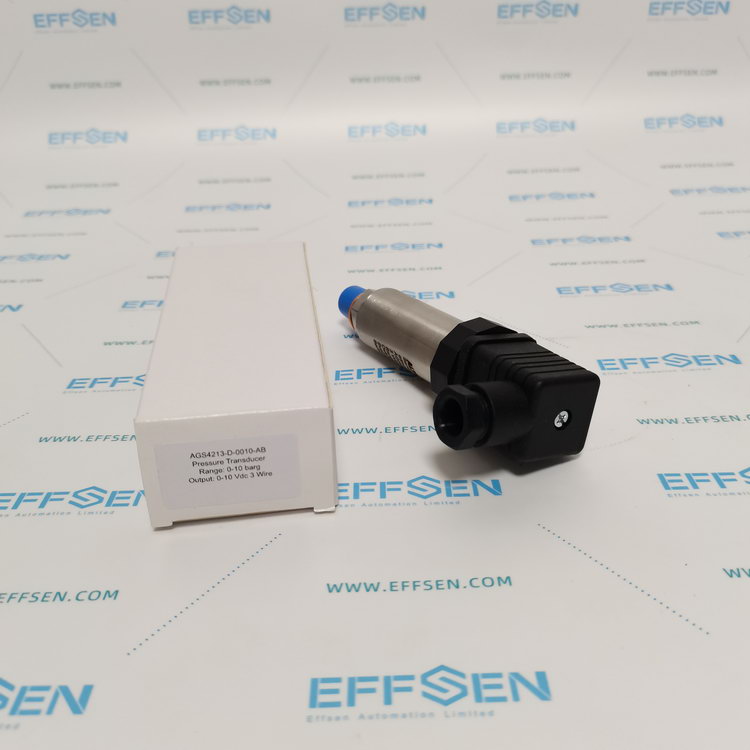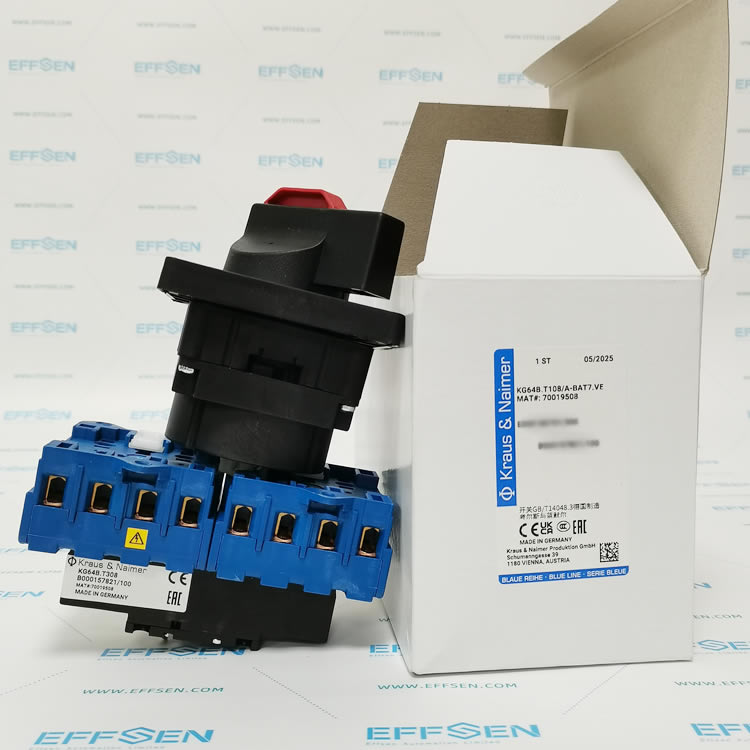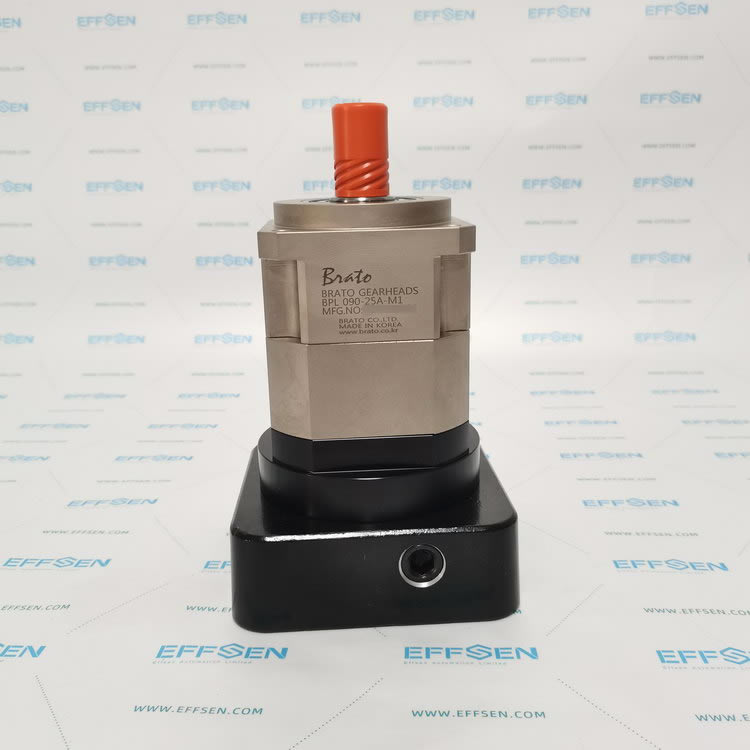Bender ISO685-D-B Insulation monitoring instrument
Product description
The ISOMETER® iso685-D-B is an insulation monitoring devices for IT systems in accordance
with IEC 61557-8. It is universally applicable in AC, 3(N)AC, AC/DC and DC systems.
AC systems may include extensive DC-supplied loads (such as rectifiers, inverters, variablespeed drives).
Function
The insulation monitoring device iso685-D-B continuously monitors the entire insulation
resistance of an IT system during operation and triggers an alarm when the value falls below
a preset response value. To obtain a measurement, the device has to be connected between
the IT system (unearthed system) and the protective earth conductor (PE). A measuring
current in the μA range is superimposed onto the system which is recorded and evaluated
by a micro-controlled measuring circuit. The measuring time is dependent on the selected
measurement profiles, the system leakage capacitance, the insulation resistance as well
as possible system-related disturbances.
The insulation monitoring device iso685-D-B has an internal system isolating switch,
which makes it possible to operate several ISOMETER®s in coupled IT systems. For this
purpose, the ISOMETER®s are connected via an Ethernet bus. The integrated Isonet function
ensures that only one ISOMETER® is actively measuring at a time, while the other devices
are completely isolated from the system and waiting in standby mode for measuring
permission.
The response values and other parameters are set using a commissioning wizard or via
different setup menus using the device buttons and a high-resolution graphic LC display.
The selected settings are stored in a permanent fail-safe memory. Different languages
can be selected for the setup menus as well as the messages indicated on the display.
The device utilises a real-time clock for storing fault messages and events in a history
memory with time and date stamp. The settings can be protected against unauthorised
modifications by entering a password. To ensure proper functioning of connection monitoring, the device requires the setting of the system type 3AC, AC or DC and the required
use of the appropriate terminals L1/+, L2, L3/-.



